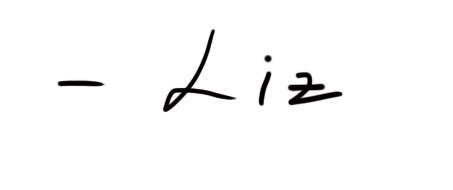The Painted I: Albrecht Dürer’s Last Self-Portrait
June 27, 2022
Why has God given me such magnificent talent? It is a curse as well as a great blessing.
-Albrecht Dürer

In 1500 Albrecht Dürer, aged 28, painted the last of his self portraits, a stunning vision of the painter as distinctly Christ-like and mimicking the Salvator Mundi gesture. The inscription to the right of his head proclaims: “I, Albrecht Dürer of Nuremberg, painted myself in colors appropriate to me in the 28th year of my age.”
This was by no means the first painted “I.” Medieval illuminators included images of themselves within the embellishments of the manuscript pages. Later Gozzili, Ghirlandaio, and Bottecelli, among many Early Renaissance painters, slipped portraits of themselves into crowded scenes.

Nor was Dürer’s the first stand-alone self-portrait—Jan Van Eyck’s 1433 Man in a Red Turban is generally accredited with that honor.

But Dürer’s painting stood out even in its time and it’s fair to say has never not been famous.
its frontal pose highly unusual in secular portraits of the time. Profile poses had been the standard, although 3/4 views were coming into fashion.
No other portrait of this age makes as grand and solemn a statement. Certainly the somber palette, the apparently unfashionable length of hair and the hand gesture all add to the iconic effect. Some argue that the painter applied altered his own features according to a “sacred formula” to make them conform with those traditionally attributable to a representation of Christ.
Still, the considerable power of this self-portrait comes in large part from that impassive and transfixing stare.

(When visiting the painting once in Munich’s Alte Pinothek gallery where it resides, I found it hard to look away. And the longer I stared back, the more that gaze dared me to look away.)
Further, the artist painted himself with such virtuoso technical skill—each strand of the numerous ringlets of hair and every inch of animal fur (mink?) microscopically rendered—that one could be forgiven for believing that s/he was in the presence of an apparition, holy or otherwise. It’s a strange sensation for a self-portrait to feel both archetypal and intimate.

In so far as every self-portrait telegraphs something the artist wants us to know about him/herself, do we take Dürer presenting himself as Christ to be blasphemous or pious?
In modern times with religion largely decoupled from our daily lives it would be easy to believe the former. We have been trained to think of artist as independent genius, talent in the DNA. Turns out, however, that Dürer was deeply religious. And presenting himself in this way was an act of the deepest reference for his God-given talents. A blessing and a curse to be sure!
Shortly after finishing this tour-de-force, Dürer practically gave up painting in favor of print-making, which yielded him a better income. Nonetheless, this iconic painting became firmly established as a high-water mark in the history of the self-portraiture genre which has rarely been surpassed.
Visitations
Dürer Self Portrait at the Alte Pinothek, Munich
Postscript
National Gallery London (video): “Who was Albrecht Dürer?”
The Stay at Home Museum (video)—Jan Van Eyck exhibit, Ghent

Stunning selfies. When do you explore yourself?
I’ve been working on a longer-term project—”Pathognomy” (the study of emotions)—and in time honored tradition using myself as a model. See https://www.instagram.com/explore/tags/pathognomy/?hl=en for examples.
Interesting and informative blog post, Liz! I wonder whether Duhrer personally knew Leonardo or was aware of the latter’s Salvador Mundi, painted around the same time. Or vice versa – if Leonardo was aware of Duhrer’s portrait. The composition and general feeling is so similar.
Brava to you on your blog! I look forward to reading more.
Appreciate your reading of the post. Dürer was the first Northern artist to be heavily influenced by Italian art and, for a number of reasons, is often compared to Leonardo. Dürer first traveled to Italy (Venice) in 1494-95, then made another trip in 1504 (possibly as far as Rome). By the time Dürer painted this self-portrait, the Salvator Mundi (Savior of the World) iconography had been long-established, so he need not have seen the famous version, still much disputed as Leonardo’s, painted to the best estimates sometime between 1499-1515. There is no evidence that I know of to suggest that Dürer and Leonardo ever met or that Dürer ever saw the Leonardo painting or its many copies. BTW Dürer did paint his own Salvator Mundi (1505)> https://joyofmuseums.com/museums/united-states-of-america/new-york-museums/metropolitan-museum-of-art/highlights-of-the-met/salvator-mundi-by-albrecht-durer/